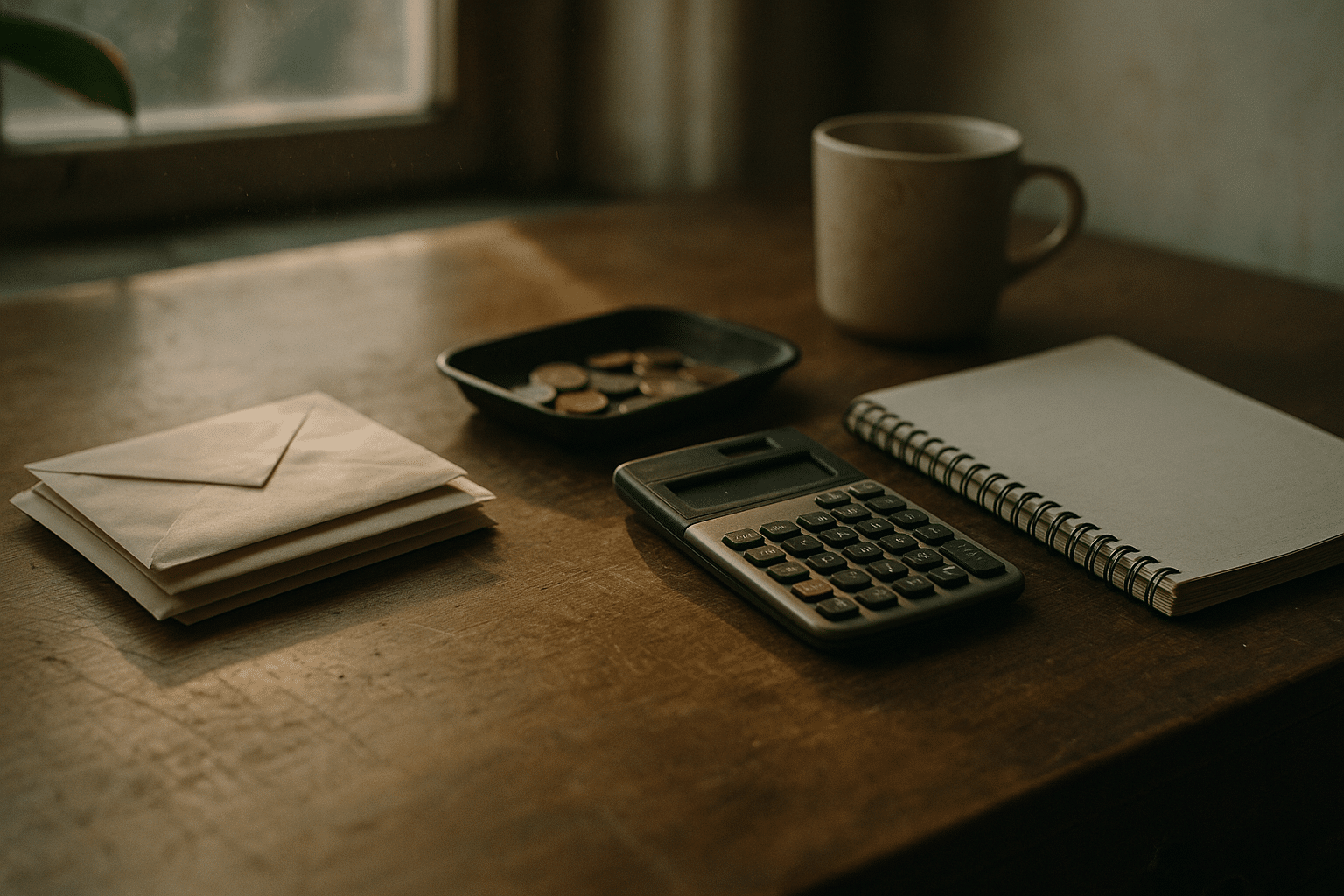
The Business Case for Green Roofs in Urban Real Estate
Green roofs are transforming urban landscapes into vibrant, sustainable ecosystems, garnering attention from real estate developers who seek to add value to their properties while contributing positively to the environment.
The Rise of Green Roofs in Urban Development
As urban areas continue to expand, the need for sustainable development practices becomes increasingly crucial. Green roofs, also known as living roofs, are at the forefront of this movement, providing a multitude of benefits that enhance urban real estate projects. According to a report by the World Green Building Council, incorporating green roofs can reduce building energy use by up to 10% annually, making them a financially savvy investment for developers.
Expert Insights on Green Roofs
“Green roofs not only increase property value but also improve urban biodiversity,” notes Dr. Emily Williams, an urban ecologist. “They help mitigate the urban heat island effect and provide a habitat for various species.”
Statistics Highlighting the Impact
A study conducted by the University of Toronto found that green roofs can decrease energy consumption by 25% during the summer months, offering significant savings on cooling costs. Additionally, green roofs can extend the lifespan of a traditional roof by two to three times, reducing maintenance expenses over time.
Real-Life Application: A Developer’s Perspective
Consider the case of an urban developer in Chicago who integrated green roofs into a new residential complex. Not only did the development attract eco-conscious buyers, but it also received local government incentives, further boosting the project’s financial viability.
Actionable Tips for Implementing Green Roofs
- Consult with a green roof expert to assess the structural requirements of your building.
- Choose plant species that are native and drought-resistant to minimize water usage.
- Consider the installation of a rainwater harvesting system to supplement irrigation needs.
Comparing Green Roofs to Traditional Roofs
| Factor | Green Roof | Traditional Roof |
|---|---|---|
| Initial Cost | Higher | Lower |
| Maintenance | Moderate | Lower |
| Energy Efficiency | High | Low |
| Lifespan | Extended | Standard |
| Environmental Impact | Positive | Neutral |
| Stormwater Management | Effective | Less Effective |
| Urban Heat Island Mitigation | Yes | No |
| Biodiversity Support | Yes | No |
Pro Tip
When planning a green roof, collaborate with local environmental groups to enhance biodiversity and community engagement.
FAQs
What are the main benefits of green roofs?
Green roofs offer improved energy efficiency, increased property value, and enhanced urban biodiversity.
Are there any incentives for installing green roofs?
Many cities offer financial incentives and tax breaks for green roof installations as part of their sustainability initiatives.
Conclusion: Embracing Green Roofs for a Sustainable Future
Green roofs present a compelling business case for urban real estate development, marrying environmental responsibility with economic benefits. As cities strive to become more sustainable, developers who embrace green roofs are likely to see not only an increase in property value but also a contribution to a healthier urban environment. By taking actionable steps and leveraging available resources, developers can lead the charge in sustainable urban development.

